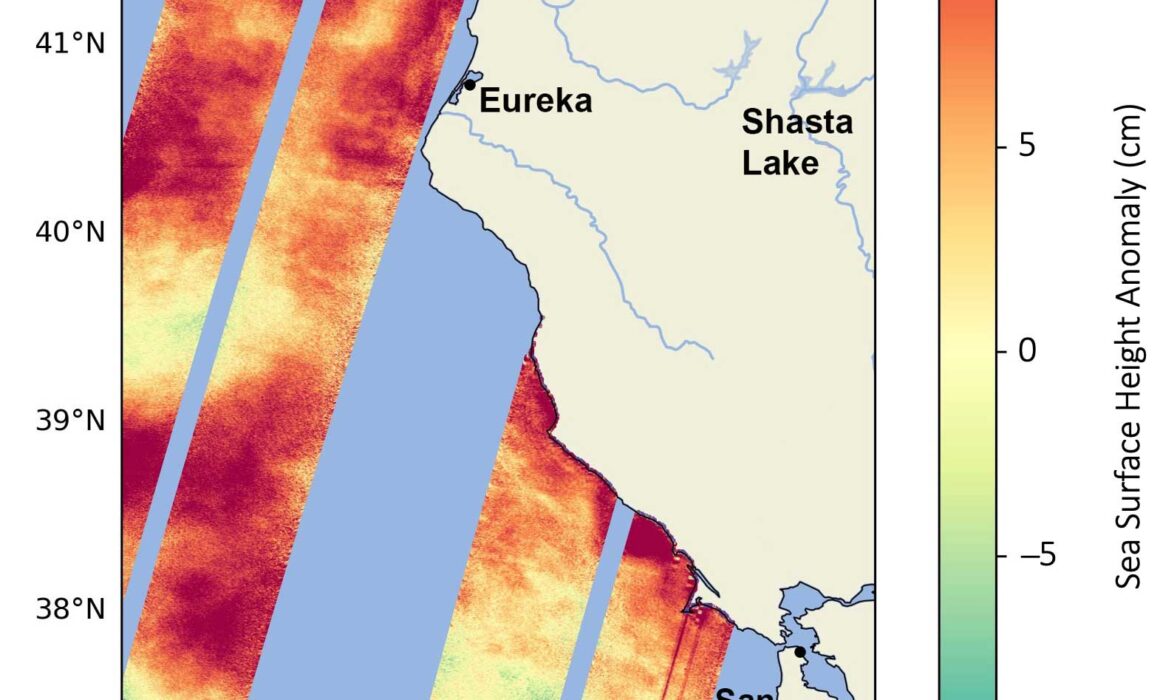When selecting plants for your garden, native plants are an excellent choice. Native plants provide food and shelter for important pollinators and other wildlife, supporting local ecosystems. Because they are adapted to the climate and soil conditions where they naturally grow, they require minimal care to survive in that region.
Knowing your local plant hardiness zone can help you select the right plants for your region. Visit the USDA Plant Hardiness Zone Map to find your zone. If you’d like some recommendations, the Xerxes Society has helpful pollinator-friendly native plant lists for different regions in the United States.
Print or share We Earthling posters to inspire others with your stories.







Recent Comments